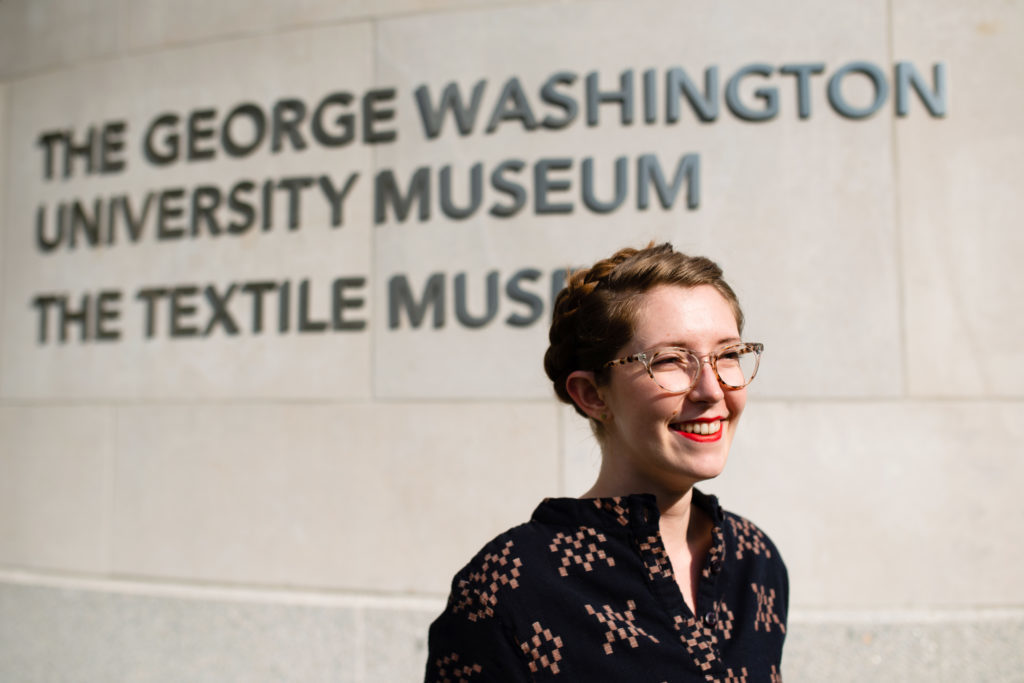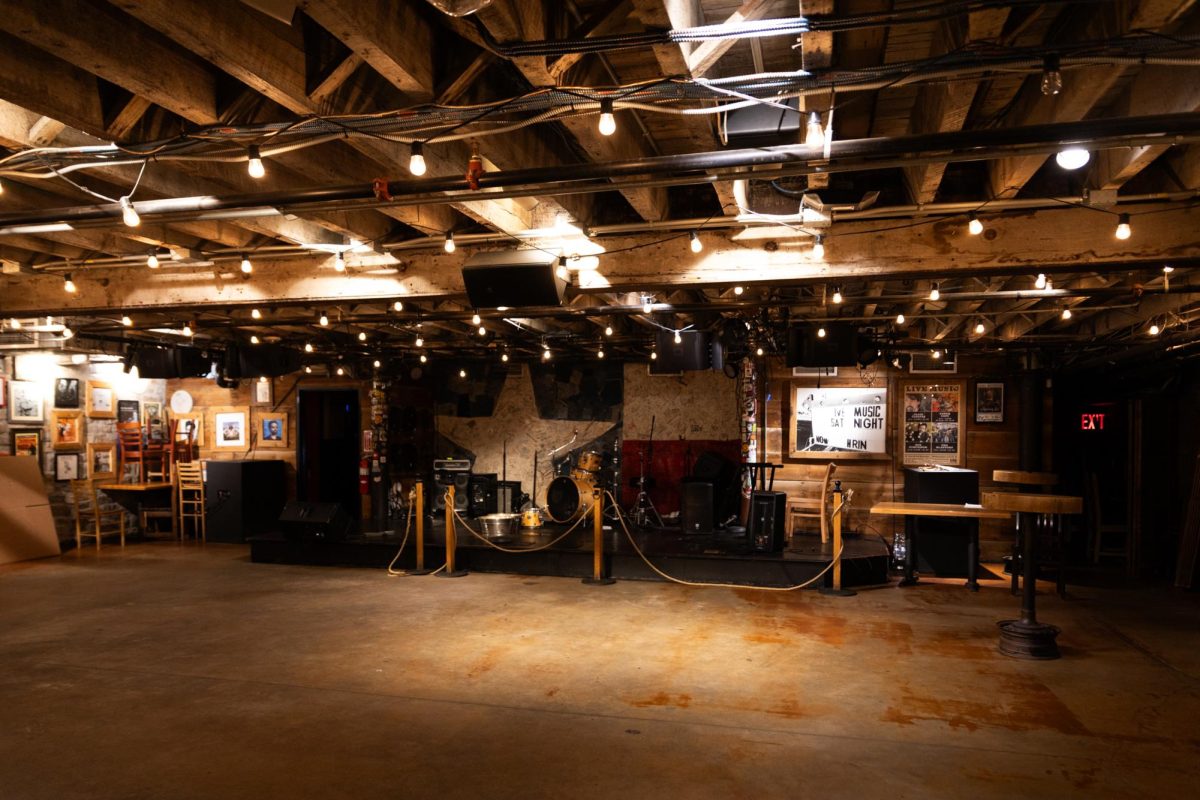Updated: Sept. 16, 2019 at 9:38 a.m.
After a more than nine- month-long search, The Textile Museum has a new curator of contemporary art.
Caroline Kipp was hired in August after working as a curatorial associate at the Museum of Fine Arts in Boston. Kipp said the museum has used textile to explain events in history, but she plans to incorporate newer pieces of textile to tell present-day narratives.
“The museum has all this very historic material from all over the world, it’s really quite an amazing collection,” Kipp said. “But they’re realizing now that textiles have continued as an art form and have evolved, so it’s a good idea to keep telling that story.”
Kipp’s curator role includes collecting works from all over the world for the permanent collection, hosting exhibitions, engaging students with textile collections and bringing in artists to talk at the museum, she said.
Kipp’s position at the museum was first established in 2016, but the position was not filled for more than nine months because the museum was conducting a search for someone to fill the role.
She said she initially attended art school at the Massachusetts College of Art and Design. But she said figuring out how to financially sustain a career in art was a challenge after she graduated college, leading her to pursue a master’s in museum studies at Harvard University.
“I realized that being around art was the thing that made me the happiest, even more so than making art,” she said.
The Somerville, Mass. native grew up in a family of artists – her father being a photographer and her grandmother a painter – which she said likely influenced her passion and experience with art. Kipp added that as someone with dyslexia, she often thinks abstractly and in 3D, a common effect of the disorder that leads some people to gravitate toward art.
To engage students with contemporary art, Kipp said she will work to collaborate with professors from the Corcoran College of the Arts and Design and tie the social “issues of today” in with modern-day textiles and other mediums like painting and sculpture. She said students could be interested in learning about political issues through art because of GW’s location in the nation’s capital.
“What are the things that are going on in the world?” she said. “And how do we contribute to them in a positive way? I think especially for the students that are at GW, that’s a particular interest, and it’s probably part of why they ended up in D.C.”
She said she wants to “be of service” not only to students and the GW community but to artists and makers in the District by bringing in local artists to share their work at the museum.
Since many museums, including The Textile Museum, operate on a five-year exhibition schedule, Kipp said many of her larger projects, like organizing exhibitions and acquiring art pieces, will be announced and come to fruition later on in 2021.
Kipp said that she wants art and non-art students to feel open to introduce themselves and share their ideas for potential projects with her.
“I don’t have all the answers,” she said. “So it’s going to be a lot of having conversations. I’m super curious to learn what GW wants, what students want.”






